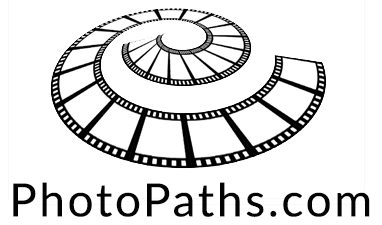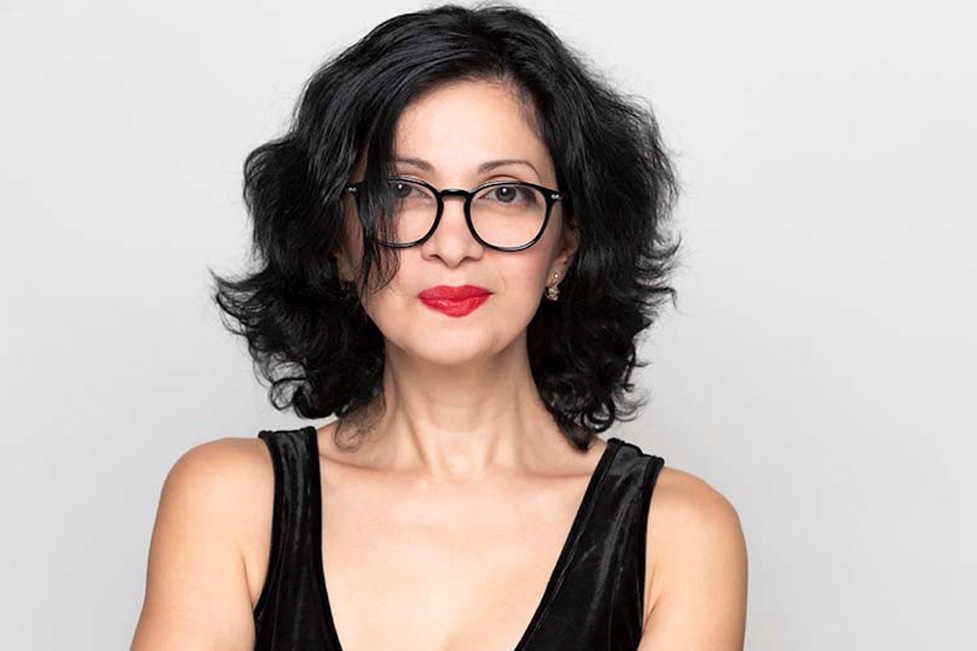
Photographer: Ben Willmore

When did you know the photography/video industry was for you?
I felt hints of it while I was in middle school. That’s when I built a 110 camera out of a kit, similar to how kids build model cars from a box of plastic parts. I remember taking a photo in Washington D.C. that looked exactly like a postcard. Photography was a serious hobby through high school and college, (both 35mm and 4×5 view cameras) but then I got distracted by graphic design for a decade or so. It’s once photography went digital that my passion for computers and photography could be merged into a profession.

How did you get your current position?
Back in 1992, I was working as a graphic designer at the time at a company (Mirror Technologies… if anyone remembers them… they used to make hard drives, monitors, etc.) that was a 15 minute walk from home. Then they merged with another company and moved to a place that was a 45 minute drive from my place. That’s when I decided I was going to do something different. I wasn’t happy with the job interviews I was getting, so I wrote an ad for my ideal job and paid to run it in the newspaper to see what kind a resume’s came in. I learned a lot, shifted my approach and suddenly had lots of job offers. Around the same time, I attended a Photoshop seminar (back when they were not at all common) that I thought sucked in all regards. I then attended a creativity conference that included some hands-on Photoshop classes. I finished creating each project before the teacher finished describing what he was about to teach. In both cases, I was surprised to find that everyone in attendance (other than me) was overjoyed with the event. That’s when I decided to shift from graphic design to teaching. I designed a three day seminar called Unleash the Power of Photoshop, rented the Adobe mailing list and sent out a brochure I had designed. My first seminar had 53 people in attendance. After presenting 20-30 seminars, I was asked to speak at the Thunder Lizard Photoshop conference. At the end of my talk, someone from Adobe came up to me and asked if I’d like to write a book about Photoshop. The result was Official Photoshop Studio Techniques published by Adobe Press, which was published in nine languages. Once the book was out, my career took off and I haven’t looked back. It took a while for me to realize that my teaching would also enable me to shift my passion back to photography.

How did your training or schooling prepare you for your job?
In 1981, at a ripe age of 14, my mom sent me to Compu-Camp, were I learned to use a graphics tablet and create graphics on an Apple ][ computer. In college, I took a few very basic darkroom and studio photography classes. When it comes to digital imaging, there were just outdated machines in college where I could accomplish more at home of my Apple ][ computer and later Macintosh. The good thing about school was the great discount I was able to get on my first 128K Macintosh in 1984. I did receive great on the job training when I worked for the MN Daily newspaper (University of Minesota’s student newspaper). That’s where I learned the traditional techniques of keylining, typesetting, stat camera work, etc (the analog methods of graphic design) and helped transition them to the digital equivalents. Back when I first got into Photoshop, there were no books or classes available.

What was the greatest obstacle you had to overcome in pursuing your career?
At my first seminar, it was shyness. I had worked as the sole graphic designer at a company, so I really didn’t know if everyone who was attending my first seminar already knew what I was teaching. Back then, projectors didn’t have wide angle lenses and I only had a short video cable to connect it to my computer. That means I was able to hide midway down the aisle instead of having to stand on stage up front. Once 3-4 people asked questions that were easy to answer, then I relaxed and have been fine ever since. As time has passed, I’ve found more and more events transiting to only use speakers who are paid by sponsors. I like being independent and being able to say what I think about any product without having to be sensitive about how my opinion might influence a sponsor. That has caused me to concentrate on teaching video-based online classes. I find most “obstacles” people talk about are self-imposed (like my initial shyness). They’re often more a list of excuses for not doing something instead of true obstacles.

Who would you name as the most influential person in shaping your career? Why?
Jay Nelson who used to publish the Design Tools Monthly newsletter. He’s the person who suggested me as a speaker at the Thunder Lizard Photoshop conference when they had to find a last-minute replacement. If I hadn’t spoken at that event, then I don’t know if I would have ended up writing the book that really launched my career. Jay had attended my Unleash the Power of Photoshop seminar, which is how he knew of me.
If you could be compensated for your work with something other than money, what would it be?
I am already compensated in ways that are much better than money. My teaching has brought me to 80 countries on all seven continents. The flexibility of my career has allowed me to live full-time on a bus and travel to all 50 states to photograph what I’m passionate about. By speaking at photo-related events for over two decades, I’ve met hundreds of amazing photographers who would have otherwise been my idols, but have instead become good friends. But, the best is when I’m teaching: Seeing someone light up with excitement when they finally understand a concept they formerly thought was just too difficult to grasp. The fact that I can be part of that transformation makes me feel deeply fulfilled.

To see more of Ben’s work, visit:
Related Images:





